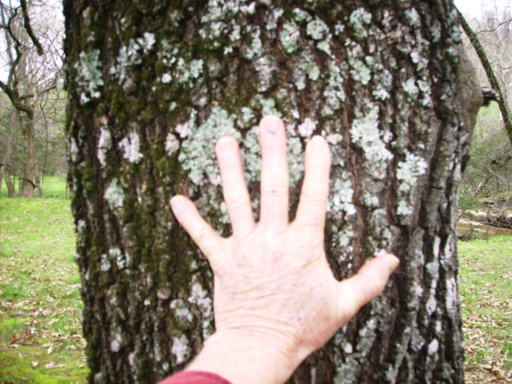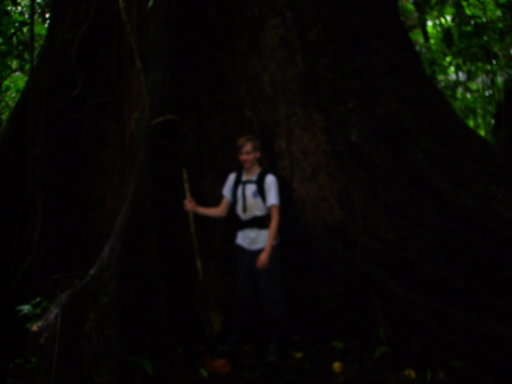Yes, acid rain. A Problem that was supposedly solved. Haha. However, it is true that acid rain is largely derived from SOx, and the scrubbers on coal plants have driven it down. SOx is the visible part of smog. Ozone is the part you can't see. An interesting part of the chemtrail conspiracy is the aluminum turning up. Aluminum is a natural part of soil composition, but it is bound up. Acid rain releases it. So, it's an interesting question how much that is impacting forests. The chemtrail people make much of the "white socks" on trees out west. Unfortunately, I'm not a scientist and I don't have access to a lab, but I a quite curious as to whether those "white socks" are aluminum on the bark. Or maybe it's just fungus??
Oxidized Aluminum is not found in soil.
This is why gardeners like myself have moved indoors. Not specifically because of the high amounts of aluminum being found in Air, Water, and Soil samples. But because of the other high levels of metals found too. Barium, Mercury and many others.
This is why I advocate to people to take Chlorella.
If you disregard the fact that there is oxidized aluminum in the air than why not do an air quality test yourself, Along with a hair analysis to find out how much aluminum is in your body. Along with other heavy metals.
Geo-Engineering (GE) is the artificial modification of Earth’s climate systems to REDUCE THE EFFECTS OF GLOBAL WARMING.
Industrial sized GE projects range from DECLASSIFIED experimentation like ocean iron fertilization, to HIGHLY CLASSIFIED dangerous experimentation like AEROSOL SPRAYING (chemical spraying).
Scientist David Keith, standing aside fellow geoengineers Ken Caldeira and Alan Robock, said in the geoengineering seminar on February 20 that they have decided to switch their stratospheric aerosol model from sulfur to aluminum.
Keith went on to say that 10-20 MEGATONS per year of aerosolized aluminum will be sprayed into the atmosphere to deflect sunlight to halt global warming. No journalist prior to Murphy (and even now) has reported on the bait and switch by geoengineers.
Dane Wigington, a climate researcher and solar expert, cornered Keith in the question and answers that followed.
Wigington: “
Did you do a study on human respiration? 10 megatons of aluminum dumped into the atmosphere will have no human health impacts?”
Keith: “
Let me be more careful here… to separate out the toxicological crux. The aluminum we have only begun to research and published nothing. Mostly worked on sulfur and the relevant comparison is that just as Robock said...(referring to sulfur particle number studies mentioned by Alan Robock).
“The whole thing he just got through was particle numbers, the impact of particle numbers…but we haven’t done anything on aluminum. So if we add onto the tropo aerosols, could we have any impact? That was totally irrelevant. That was just on particle numbers... But we haven’t done anything serious on aluminum and so there could be something terrible that we will find tomorrow that we haven’t looked at.”
They already admitted to wanting to dump 10-30 megatons of Oxidized aluminum into the atmosphere to control weather.
There's no conspiracy with this.
Skip to 1 hour into the video when they go to an organic farm in Hawaii where they are basically ripping the bark off the trees and tested the soil and individuals that live there for heavy metals which aluminum specifically came up positive for a high amount.
Look at all the evidence presented to you. Before you say "It's normal aluminum is found in the soil" how about you test the soil, show us the tests like they did and tell us how much in your sample is "Normal"
Thing is people will be so quick to disprove something that is so easily presented to them.
The aluminum and other heavy metals are causing trees to die.
Watch the video and then tell me what is real and what is not.
Not to mention the environmental samples carnicom has developed in dishes showing fungus and molds being grown.
There has also been a huge PH change going on. This is why outdoor growing is so hard now.








